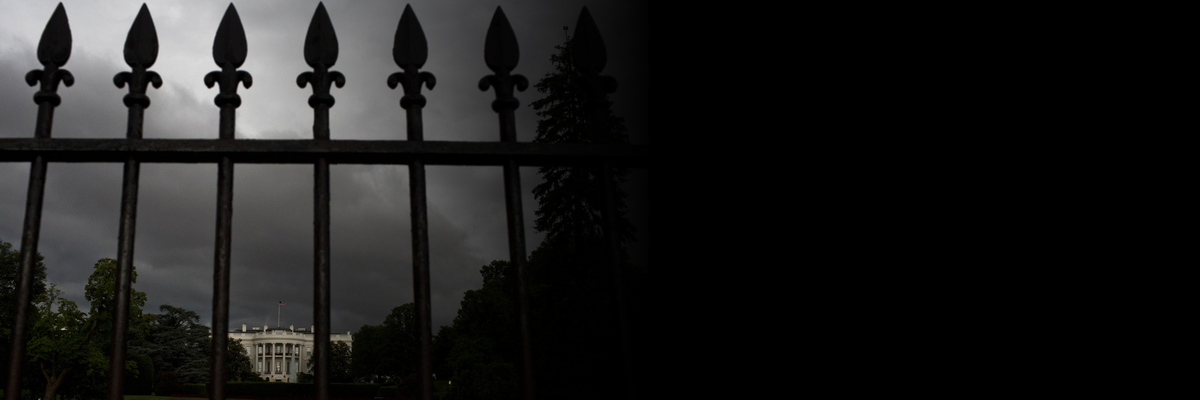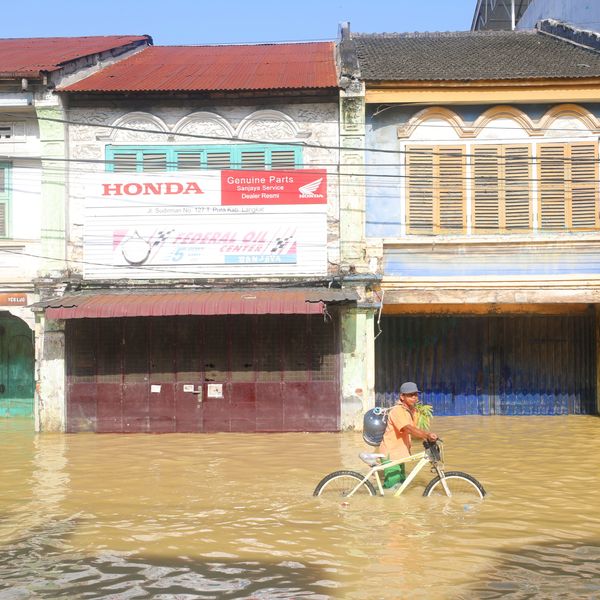Within this century, global warming will bring about disruptive, decades-long droughts in the U.S. southwest and Great Plains, exceeding even the driest periods of the last millennium, according to new research released this month.
The study, "Unprecedented 21st-Century Drought Risk in the American Southwest and Central Plains," was published in the inaugural edition of the journal Science Advances, put out by the American Association for the Advancement of Science. It supports previous predictions, but suggests that future droughts could be even worse than scientists have said in the past.
"The 21st-century projections make the [previous] mega-droughts seem like quaint walks through the garden of Eden."
--Jason Smerdon, Columbia University
In fact, it projects that some time between 2050 and 2100, extended drought conditions across the U.S. will become more severe than the mega-droughts of the 12th and 13th centuries. Such arid conditions would affect millions of people, placing stress on agricultural crops and increasing the likelihood and frequency of water shortages in urban areas.
"The coming drought age--caused by higher temperatures under climate change--will make it nearly impossible to carry on with current life-as-normal conditions across a vast swath of the country," the Guardian warned.
Jason Smerdon, study co-author and climate scientist at Columbia University's Lamont-Doherty Earth Observatory, told the newspaper: "The 21st-century projections make the [previous] mega-droughts seem like quaint walks through the garden of Eden."
The researchers compared computer projections of 21st century climate with drought records of the past millennium, notably data in the North American Drought Atlas.
According to Scientific American, "The models consistently demonstrated drought worse than at any time during that epoch, and worse than the current drought out West, which has prevailed for 11 of the previous 14 years, according to the U.S. Drought Monitor."
As Brian Clark Howard explains for National Geographic, "[t]hat's because rising temperatures spurred by the greenhouse effect result in more evaporation and less precipitation for the region, which is already relatively dry."
On Thursday, the U.S. Drought Monitor released its most recent statistics, showing that a full 93 percent of the state of California is under 'severe drought.' While the numbers show that 'extreme' conditions dropped from 77 percent last week to 67 percent this week, mostly in Northern California, 'exceptional drought' in the state--the most severe classification--remained unchanged at nearly 40 percent.


